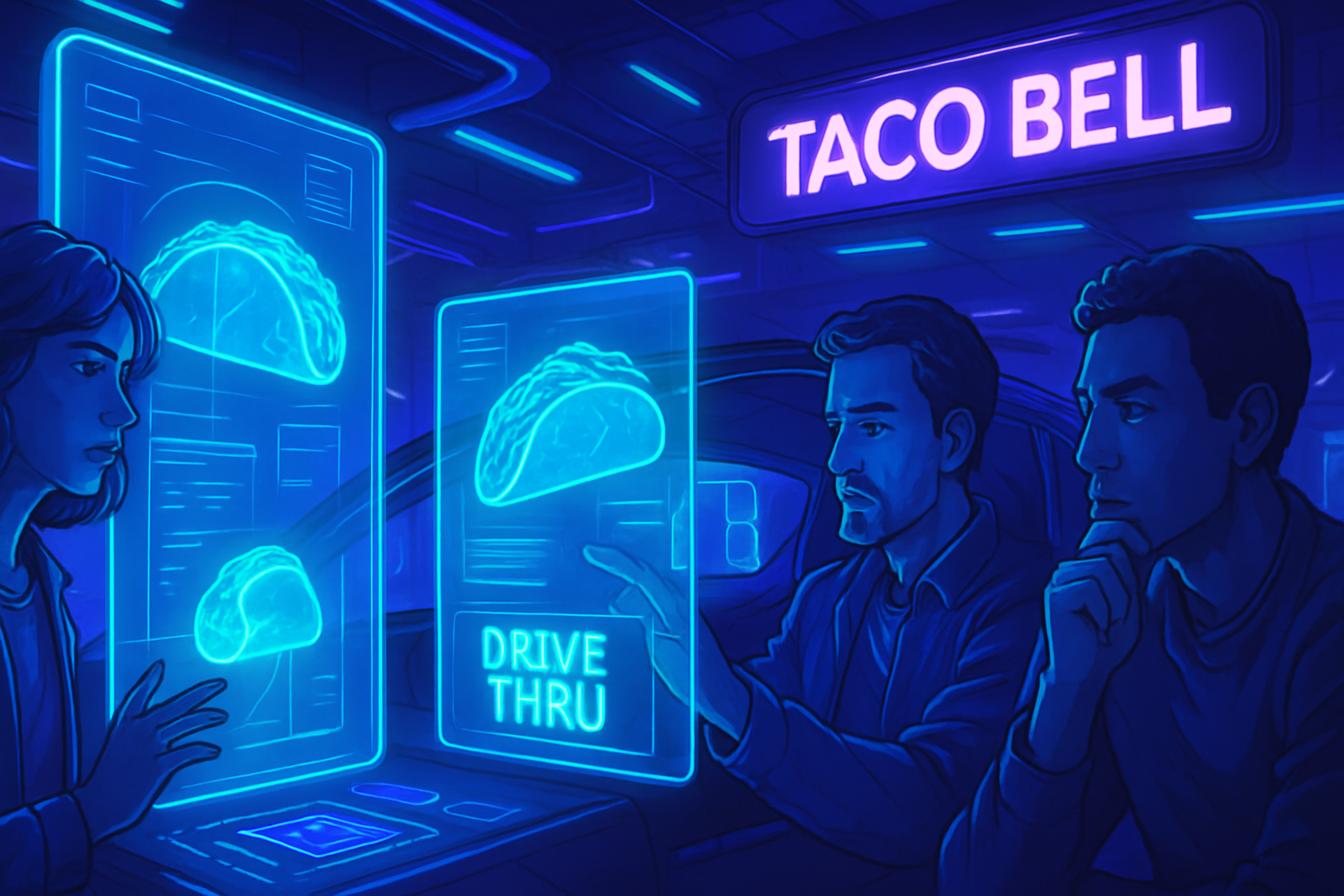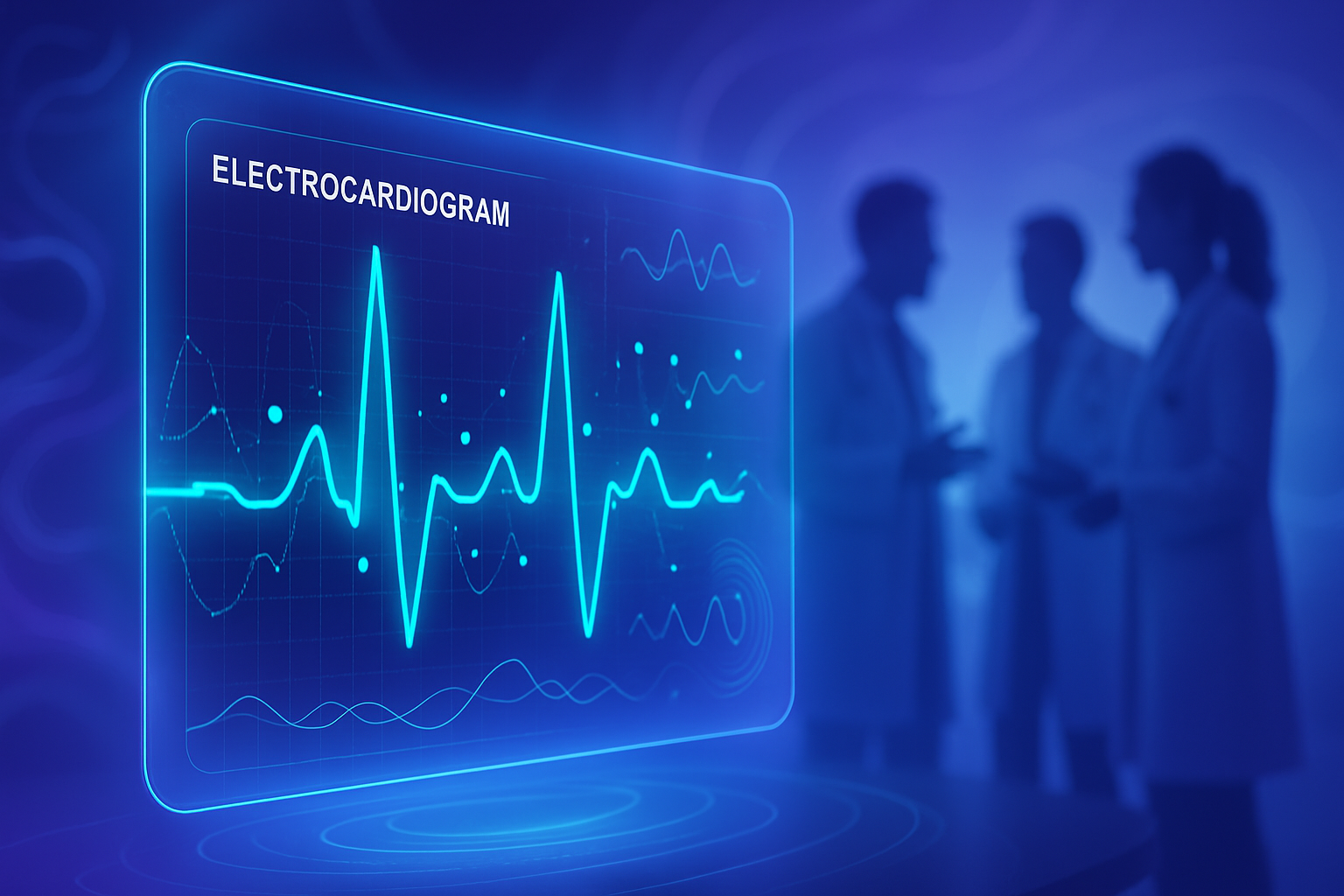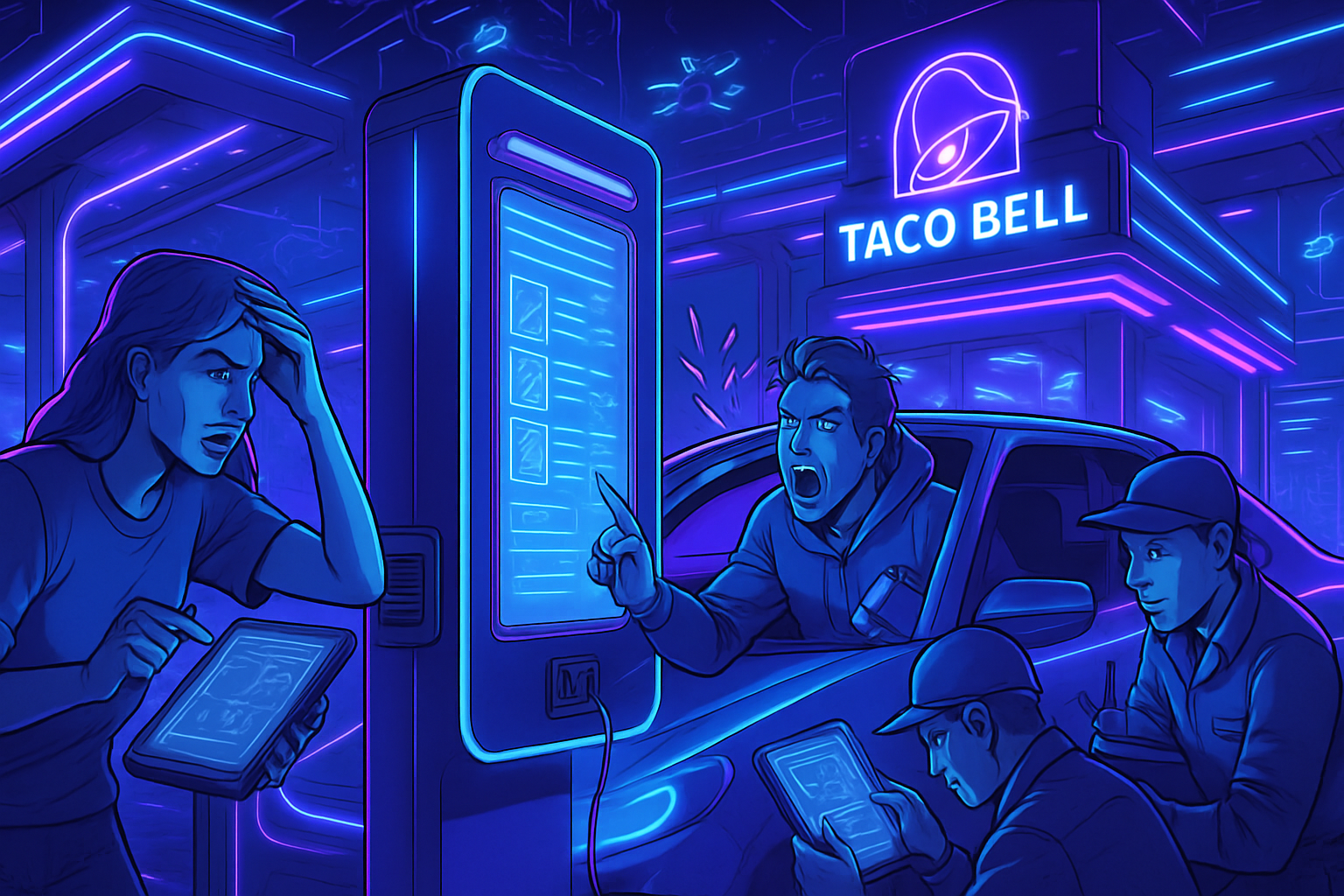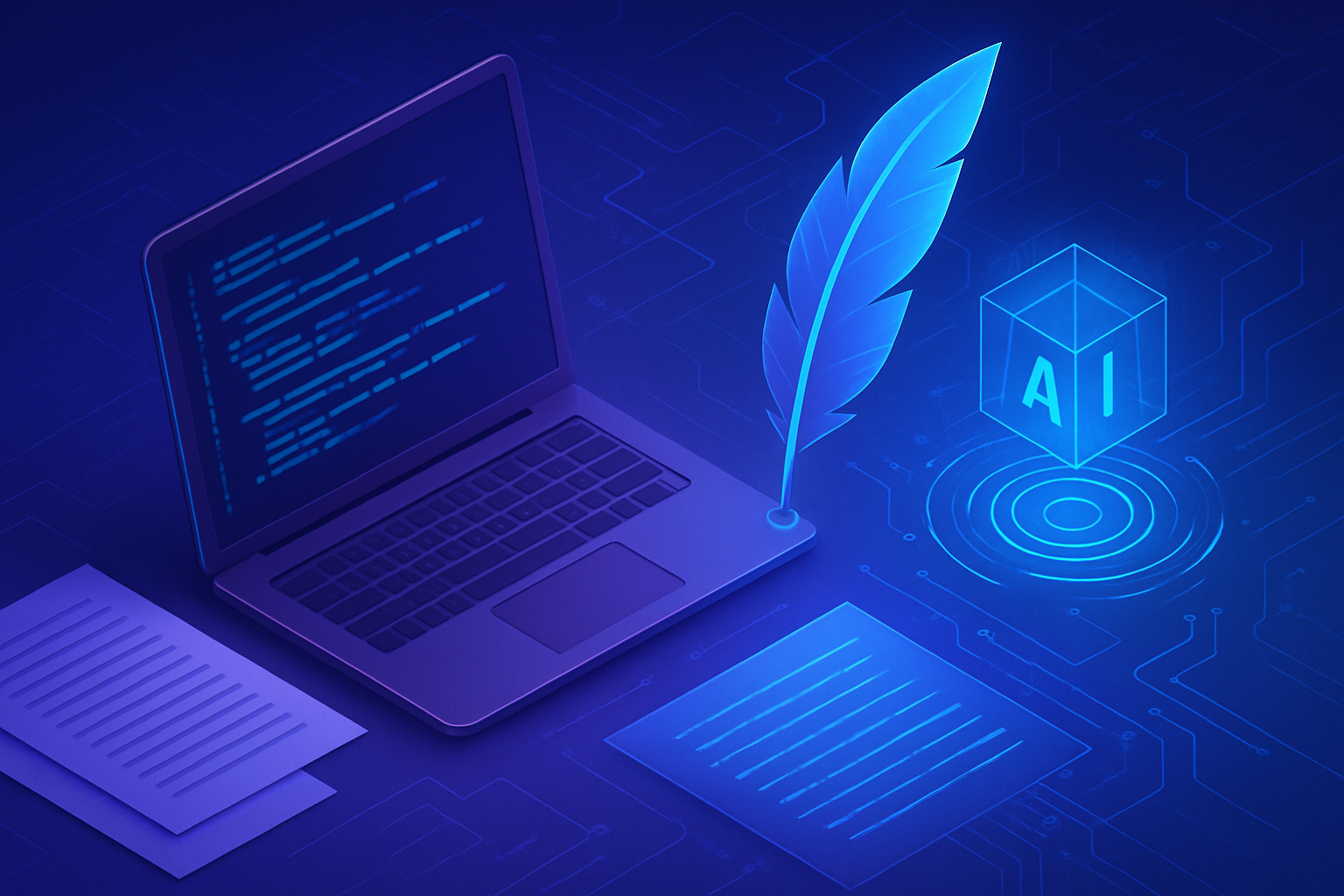Virtual cows embody a significant advancement in the dynamics of *human and robotic interactions*. These digital creatures are not limited to mere entertainment; they reveal unprecedented perspectives on how humans make decisions and adapt to complex environments. The integration of robots into agricultural systems comes with crucial challenges, such as optimizing productivity and assessing the *symbiotic relationship between humans and machines*.
Questioning human thought and behavior in the face of digital entities offers a new understanding of future interactions. Advances in artificial intelligence and robotics are transforming agriculture, redefining traditional practices while promoting a *harmonious collaboration* between technologies and human activities.
A revealing video game
Australian and Italian researchers have developed a captivating video game where participants had to gather virtual cows. This project has deepened our understanding of human decision-making regarding movement and navigation. In this way, interactions between humans and robotics could significantly improve, placing this type of approach at the heart of artificial intelligence research.
Theoretical foundations
This project is based on a mathematical model called dynamical perceptual-motor primitives (DPMPs), which provides an overview of our movement coordination in relation to the environment. Researchers found that DPMPs facilitate the analysis of navigation decisions and actions that humans take to accomplish various tasks. In complex environments, such as a busy street or a sports field, these tools prove particularly useful.
Reevaluation of decision-making processes
The results of this study challenge the idea of a detailed planning process by our brain. Researchers suggest that our way of moving happens in a more intuitive manner, prioritizing the goal while navigating through encountered obstacles. Such a discovery lays the groundwork for a reevaluation of behavioral models and human decision-making.
Practical experiments
Participants were required to perform two cow-gathering tasks, moving either an isolated animal or a group. The research team recorded the sequences of their movements to input them into the DPMP. Data analysis showed that the model could reproduce the players’ behavior and even anticipate their choices.
Significant results
The model was able to predict nearly 80% of the decisions regarding the cows to be gathered, offering a promising view of the interaction between humans and robots. The observed rules appear essential when participants choose their targets. This level of accuracy fuels discussions on the integration of DPMPs into robotic systems for smoother and smarter responses.
Potential applications of DPMPs
The implications of this research extend well beyond the gaming context. DPMPs could prove crucial in various contexts such as crowd management, evacuation planning, or training firefighters through virtual reality. By predicting human behaviors, this approach could transform the efficiency of many interactive systems.
Future perspectives
The work carried out by research teams highlights the importance of intelligent decision-making strategies to make robots and artificial intelligence closer to human behaviors. At this stage, modeling interactions becomes a necessity to evolve the human-machine interaction towards a more harmonious collaboration.
Frequently Asked Questions
How can virtual cows improve interactions between humans and robots?
Virtual cows allow for the study of human behaviors in simulated environments, helping to design robots capable of better interacting with humans by mimicking their movements and decisions in complex situations.
What technologies are used to create virtual cows?
Virtual cows utilize advanced technologies in virtual reality, artificial intelligence, and mathematical modeling to simulate realistic behaviors, thereby enhancing our understanding of interactions between humans and robots.
What are the advantages of using virtual cows in research?
These simulations help reduce costs and time associated with testing in real-world situations while providing controlled environments to observe and analyze how humans interact with robotic systems.
How does modeling human decision-making relate to virtual cows?
The dynamic modeling of perceptual-motor primitives (DPMP) allows for the reproduction of human decision processes by analyzing the choices made by players in virtual grazing games, which is essential for improving autonomous robots.
Can virtual cows really influence the future development of robots?
Yes, by providing data on human behavior, virtual cows help design smarter and more adaptive robots capable of acting more humanely in diverse situations.
What is the role of virtual grazing games in this research?
These games allow researchers to observe human decision-making in an interactive setting, facilitating the study of navigation and interaction strategies relevant to the development of robotic technologies.
What practical impacts can the discoveries about virtual cows have?
The findings can be applied in various fields such as crowd management, training of first responders, and improving efficiency in evacuation or interaction scenarios with robots.






